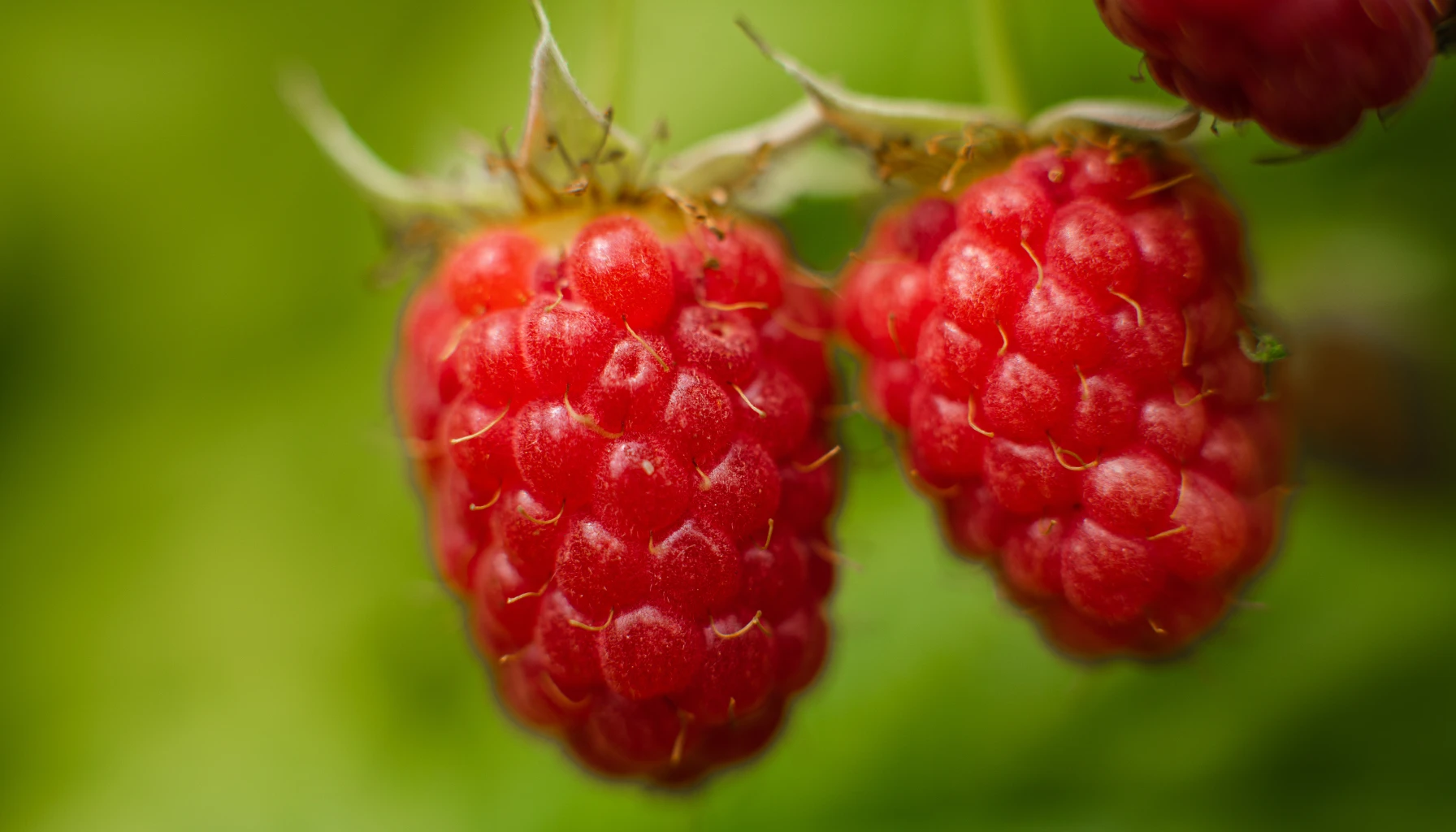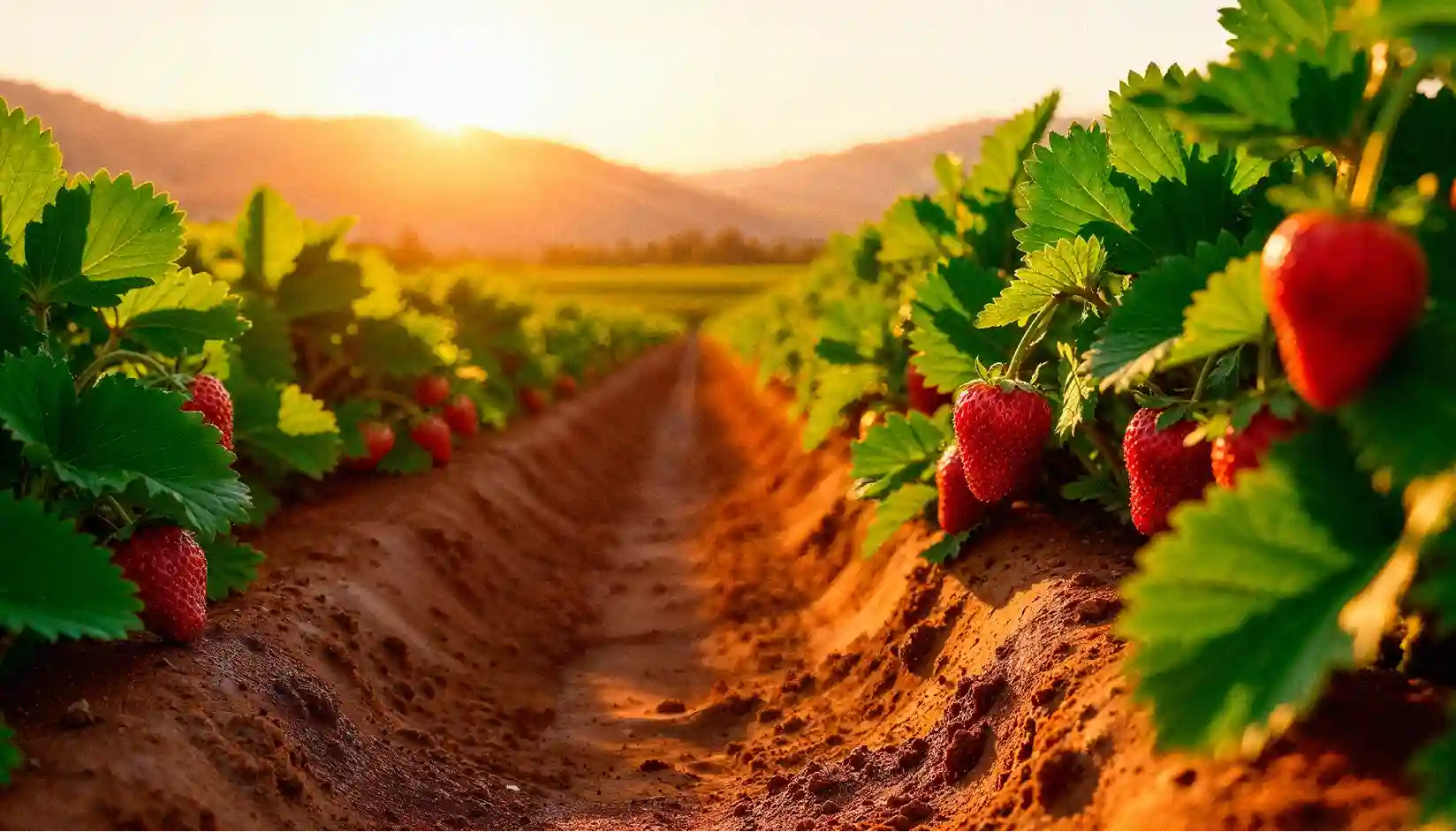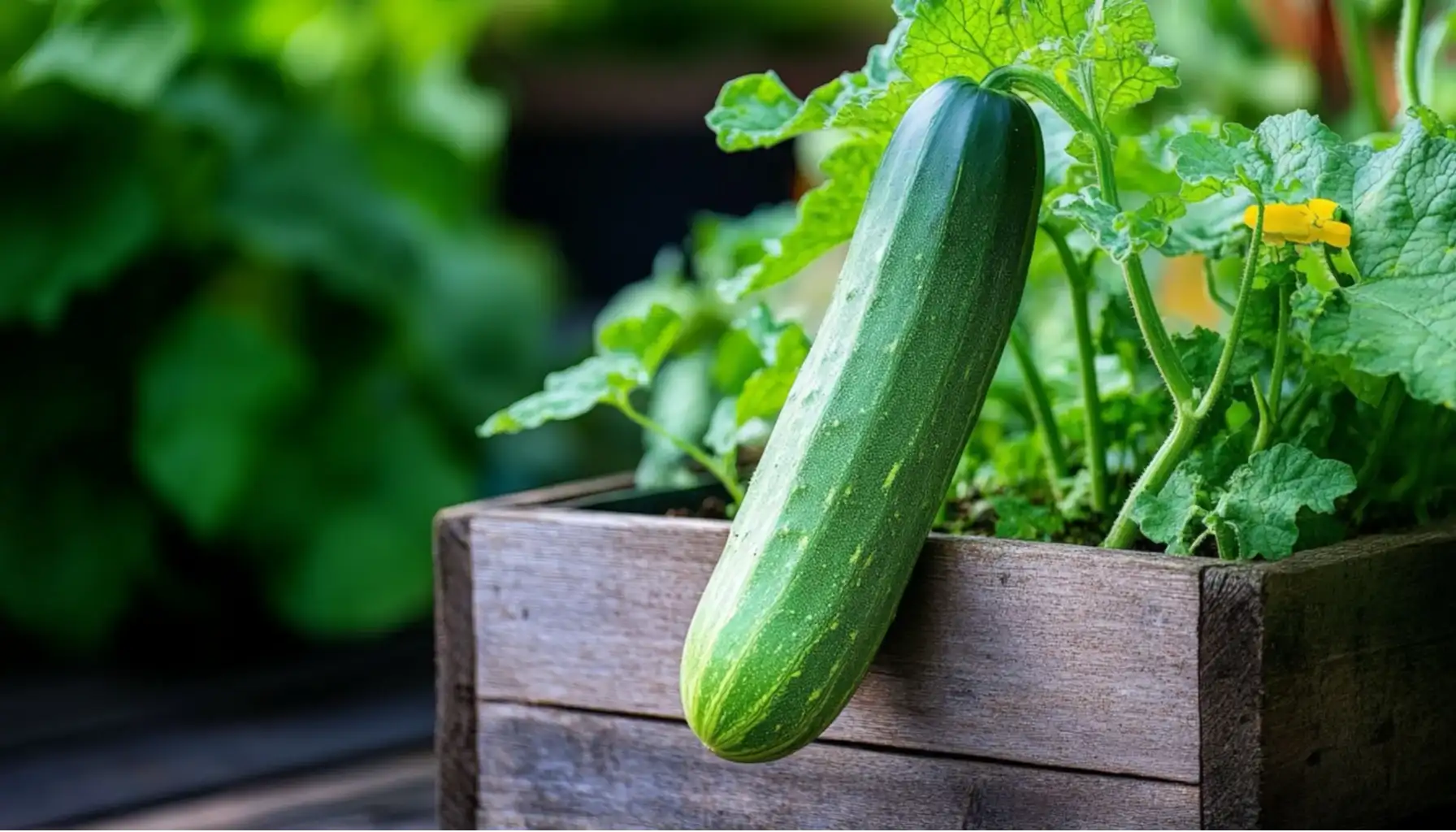How To Grow Raspberries?

Harvesting sun-kissed raspberries from your own yard is a special treat. The blast of sweet-tart flavor, the gentle fruit falling into your hand with the lightest pressure — it’s a flavor that leaves you wondering why you didn’t grow raspberries years ago. A beginner or a veteran gardener, discovering how to grow raspberries can turn your yard into a berry utopia.
I’ve devoted hours upon hours to caring for these fragile plants, and I’m here to impart all my experience on transforming those small canes into vigorous fruit producers. Believe me, once you master the art, you’ll be wondering why you ever shelled out top dollar for supermarket berries.
Understanding Raspberry Plants: Getting to Know Your Future Fruit
Before we get to how to grow raspberries, let’s take a look at what motivates these plants. Raspberries are part of the Rubus family, cousins to blackberries and dewberries. They bear fruit on woody stems called canes, which last for two years. What’s interesting is their growth habit – first-year canes (primocanes) spend their time getting tall and strong, whereas second-year canes (floricanes) spend their time making those sweet berries we adore.
The optimal growing conditions for raspberries are not tricky, but they are precise. They like to be planted in full sun, rich well-draining soil. Visualize this way: raspberries are much like sunshine sports players who prefer good chow and hate soggy feet. They’ll reward your attention with years of bountiful harvests.
Where to Grow Raspberries: Location Matters
Choosing the right spot is crucial when learning how to grow raspberries. These plants aren’t particularly picky, but they do have some non-negotiables. First up, sunlight – and plenty of it. Your raspberry patch needs at least 6-8 hours of direct sunlight daily. I learned this the hard way when I tried growing them in partial shade. The plants survived, sure, but the harvest was disappointing.
Soil drainage is another key factor. Raspberries hate standing water – it’s like forcing them to wear wet socks all day. If heavy clay soil is an issue in your garden, raised beds – or consider our raspberry grow bag options, which provide great drainage while keeping your roots happy.
How to Grow Raspberries: Step-by-Step Guide
Let’s break down the process into manageable steps. Growing raspberries successfully is all about getting the basics right from the start.
Soil Preparation
Add in generous amounts of compost before you plant. I like to use aged manure combined with compost to provide a lush, fertile planting area. Keep the pH in the range of 6.0 to 6.8 – slightly acid, which is raspberries’ preferred state.
Planting Time
Early spring is your best bet for planting raspberries. Space plants are about 45cm apart, with rows 1.8m apart. This might seem excessive when they’re small, but trust me, they’ll fill out that space quickly.
Support Systems
Install a trellis or wire support system before the plants get too big. I use a simple two-wire system – one wire at 3 feet and another at 5 feet high. This keeps the canes orderly and makes harvesting much easier.
Initial Care
Once planted, trim the canes to around 6 inches tall. Yes, it’s cruel, but this promotes healthy root growth. Water well but don’t overwater.
How to plant Raspberries Using Coirmedia’s Grow Bags
Don’t have a large garden? No problem! Ekosphere produces the best coir product in NZ which renders container cultivation easy. When cultivating raspberries in pots, plant in a pot at least 24 inches deep and wide. The secret is providing them with enough room for the roots and excellent drainage.
Container raspberries need to be more watered and fed than their in-ground cousins. Check the soil moisture daily when they’re underway – the top inch should be as wet as a wrung sponge.
Raspberry Plant Care: Nurturing Your Berry Patch
Raspberry plants thrive on regular care. While dealing with how to grow raspberry plants, you need to know what your plants require during the growing season:
Water Management
Raspberries require around 1-2 inches of water a week. Water deeply but lightly to promote deep root systems. Mulching retains water and prevents weeds – use straw or wood chips, keeping them at a distance from the bottom of the canes.
Fertilization
Feed your plants with a balanced fertilizer in early spring when new growth appears. A second application when the fruits start forming gives them an extra boost. Remember, more isn’t always better – over-fertilizing leads to excessive leafy growth at the expense of fruit.
Pruning
This is where many gardeners get nervous, but proper pruning is essential for healthy plants and good harvests. After fruiting, remove the spent floricanes and thin out any weak primocanes in the spring. Keep the strongest canes, spacing them about 6 inches apart.
Disease Prevention
Good air circulation is your best defense against fungal diseases. Regular pruning and proper spacing help maintain airflow. Remove any diseased canes immediately to prevent spread.
Conclusion: Your Berry-Growing Journey Begins
Growing raspberries is an involved but rewarding endeavor that returns in the form of delicious sun-kissed fruit for the time and attention. It’s also a labor-intensive process, from selecting good plants to cultivating the best conditions to grow raspberries, but it is highly rewarding. With plenty of sunshine, good soil, and a bit of upkeep, your raspberry bushes will produce year after year, giving you a bountiful harvest.
There’s no happiness quite like the thrill of harvesting fresh raspberries right in your own garden. Whether you enjoy them straight as a snack, use them in recipes, or produce your own homemade jams and preserves, the options are limitless. And if you grow your own berries at home, you get to consume organic, pesticide-free fruit to your heart’s content, for a fraction of the cost you’d pay at the market. Now you know all about how to grow raspberries.
With Ekosphere’s best grow bags, you’re likely to enjoy an unusually bountiful harvest. So if you happen to get lucky, you can always give a few to the neighbors, friends, or relatives—if you feel like being generous and spreading the love! Of course, growing raspberries is a journey, not a race.
Frequently Asked Questions
1. Are raspberries easy to grow?
Yes, once established, raspberries are very easy to cultivate. They’re hardy fruits that can succeed with simple treatment – decent soil, enough water, and diligent pruning. Patience during their first year to let them grow is the chief challenge.
2. How long does it take to grow raspberries?
From planting to first harvest normally takes 16-18 months. First-year canes specialize in growth, while second-year canes yield fruit. But ever-bearing varieties may yield a small crop their first autumn. Waiting time is dependent on variety and growing conditions.
3. Do raspberries require a lot of water?
Raspberries need consistent moisture but not waterlogging. They will need 1-2 inches of water every week during their growing season. If they are in pots, they will be required to water them daily, especially in warmer climates. Keep the soil moist all the time but never waterlogged which causes root rot.



